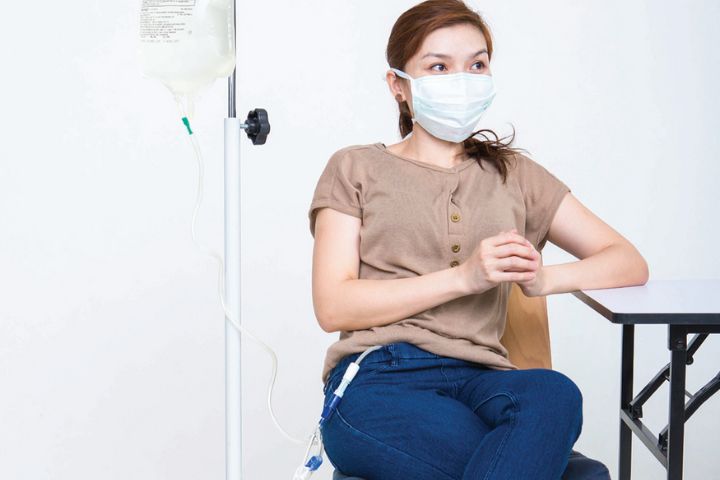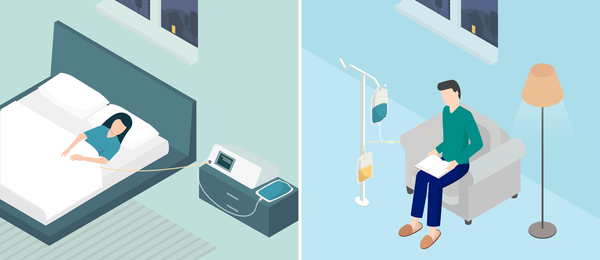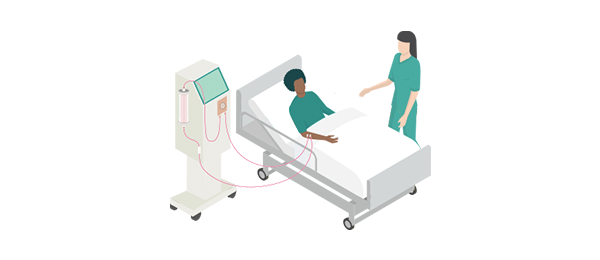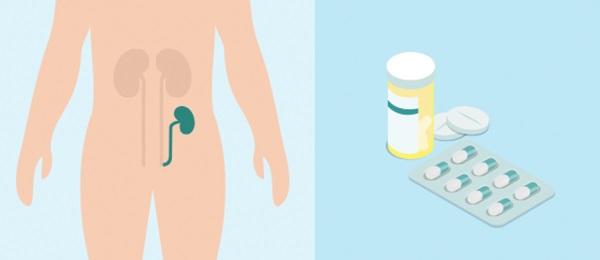Everything you need to know about CAPD
Continuous Ambulatory Peritoneal Dialysis (CAPD) is a type of peritoneal dialysis (PD) that uses gravity to “exchange” your used dialysis solution for fresh solution.

What is CAPD?
Peritoneal dialysis (PD) uses the lining of your abdomen (also known as the peritoneum) as a natural filter to remove toxins from your blood.1 There are 2 types of Peritoneal Dialysis: Continuous Ambulatory Peritoneal Dialysis (CAPD) and Automated Peritoneal Dialysis (APD).
CAPD does not require a machine and can be carried out in any clean place. So, whether you’re at home, work, or even travelling, you can continue with your CAPD at your convenience.
How is CAPD Done at Home?
A bag of clean dialysis solution will be connected to a soft plastic tube (known as a catheter) in your abdomen. CAPD begins when the used solution in your abdomen (known as effluent) is “exchanged” with fresh solution.
The new solution bag is hung on an IV pole, allowing gravity to draw the fresh solution into your abdomen. Once completed, the system is disconnected, and a cap is placed on your catheter so you’re free to go about your day until your next exchange. Each exchange lasts about 20–40 minutes and usually happens between 3–4 times a day, depending on your dialysis requirements.
Once you’re on CAPD, your abdomen will always contain dialysis solution, and each time it’s exchanged, you’ll go through the following steps:



